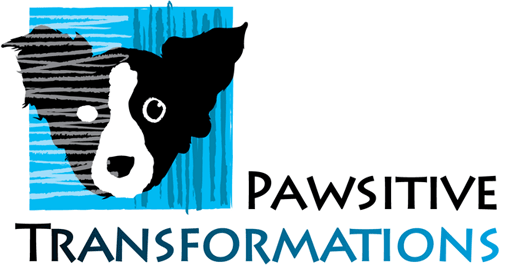I recently made the following observation during a consultation with a new client. “The less you punish your dog, the less you’ll need to punish your dog.”
Among the most frequently repeated bits of advice I offer is to avoid using aversive punishment as a training method. It causes more problems than it solves, and doesn’t teach your dog any desirable behaviors. Say, for instance, your dog takes socks from the laundry basket. You could scold the dog for taking something that “doesn’t belong to him” (as if he could understand such a concept). What that dog learns is that when he has something he likes, sometimes you get scary and weird about it. His new behavior strategy is likely either to be taking things when no one is looking (not helpful), or to defend his stuff against family members (resource guarding – DEFINITELY NOT HELPFUL).
On the other hand, you could keep forbidden items put away out of reach. You can also use rewards to teach your dog to go to a specific place in the room away from forbidden items, and to drop forbidden items when he has them in his mouth. In our home, Daisy patrols the floor on laundry day and brings us any items that fall off the pile, knowing that we’ll gladly give her a cookie for them.
Punishment tends to form a vicious cycle, and sets up an adversarial relationship between a dog and family members. It can often lead to aggression. As you go forward with your dog, resist responding to unwanted behaviors by inflicting pain or fear, and look for ways to cultivate cooperation with reward based training. Pawsitive Transformations specializes in force free, fear free training for good manners and cooperative behavior. We’d be glad to help if you could use a little nudge in the right direction.
Bob Ryder, CSAT, PMCT-4, CPDT-KA
